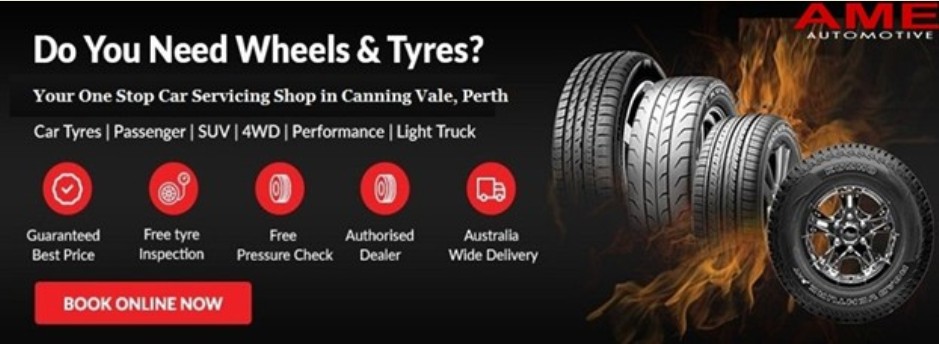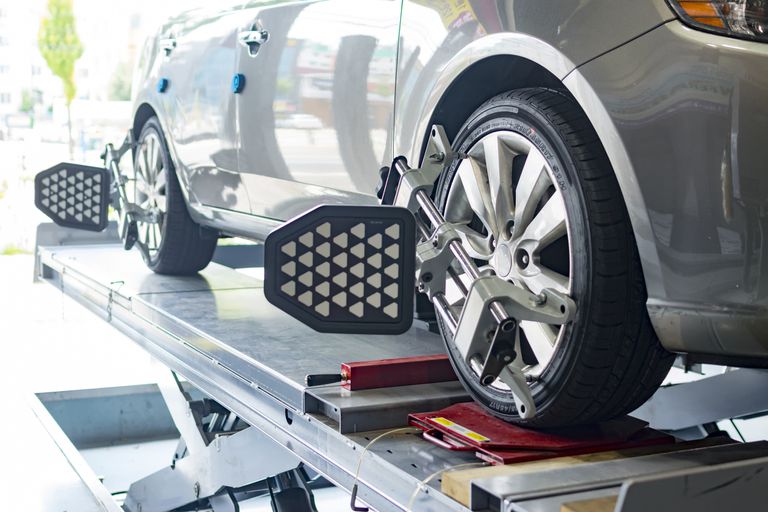Correct wheel alignment is an important component in the safety of your vehicle. It also prolongs the existence of your tyres and protects your pockets from unnecessary spending.
If you notice your car pulling to one side or experience a moderate vibration thru the steering wheel, it could mean your car is in need of a wheel alignment. Misalignment can manifest gradually due to normal driving or at once from potholes and rough surfaces.
Wheel alignment should be checked whenever your tyres are rotated or replaced. Otherwise, we recommend a check-up every 10,000 km. Check the Factors Involved in a Wheel Alignment.
The term ‘wheel alignment’ is a little misleading. When we carry out a wheel alignment in your vehicle, we are clearly adjusting the suspension in order that your tyres are efficaciously aligned with each other and the road.
When we do this, we look at three main components – Let’s talk tech!
Camber:
Camber refers to the inward or outward tilt of the tyres, which can be viewed from the front of the car. Negative camber takes place when the wheel is tilted inwards (in the direction of the axle), and positive camber occurs when the wheel is tilted outwards. This alignment is all about maximising tyre to road surfacecontact.
We can also adjust camber based totally on the style of driver. for example, if you are one that has a tendency to take corners aggressively, then a barely negative camber might be appropriate. If most of the people of your driving is on highways, even though, we would set a positive camber.
Imprecise camber alignment can lead to excessively worn tread on the inside or outside of the tyre compared to the centre.
Caster:
Caster angle provides stability to your steering. To calculate the angle, we draw an imaginary line among the upper and lower ball joints and evaluate it to actual vertical. Caster angle can be either positive or negative, relying on whether the road is tilted to or away from the driver.
Incorrect caster alignment results in ‘heal-toe’ tyre wear, which means one side of the tread block is wearing quicker than the alternative circumferentially.
Toe:
Imagine you have a birds-eye view of your car and can see through the body to the tyres. Toe describes whether the fronts of the tyres are closer or farther aside than the rear of the tyres. Point your toes inwards -that’s what we call toe-in. Splay your toes and you have what we term toe-out.
What setting is best can depend on the car. For instance, a front-wheel drive car tends to pull the front wheels together, so a toe-out alignment is best. On the other hand, rear-wheel drive cars push the tyres aside, so a toe-in alignment is appropriate. Whatever the case, we set the toe so the tyres roll parallel to one another when the car is in movement.
Poor toe alignment can lead to ‘feathering’, which is when tread is smooth on one side and sharp on the other.
Is all this tech talk boggling? Wheel alignment has grown more sophisticated through the years as suspension in vehicles has emerged as more technically advanced. At AME Automotive, we have state-of-the-art wheel alignment systems to make sure your car is inside the best circumstance feasible, to keep you safe and in the black. Let us do the hard work.

Book in now with a qualified technician at AME Automotive
When you choose to have a wheel alignment done through AME Automotive, a qualified technician will diagnose your wheel alignment using a special machine and adjust the alignment to ensure that your steering wheel is centred, and tyres are in the correct facing position.
Don’t spend money on a new set of tyres, come and see us for honest advice. Book here!

